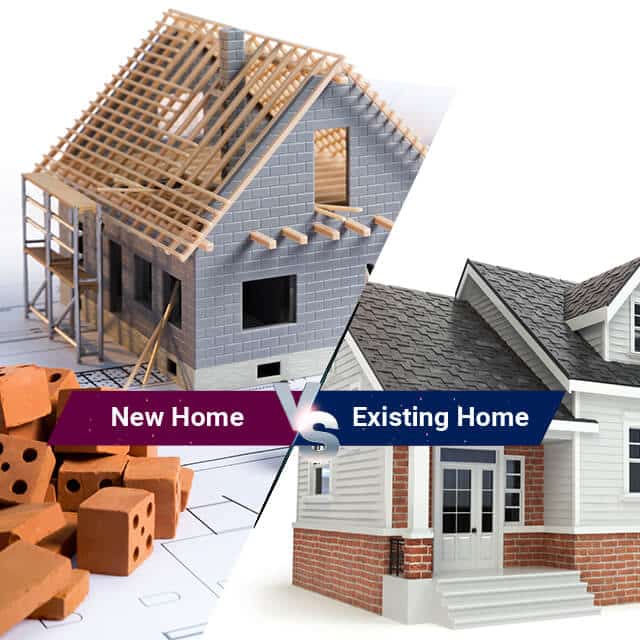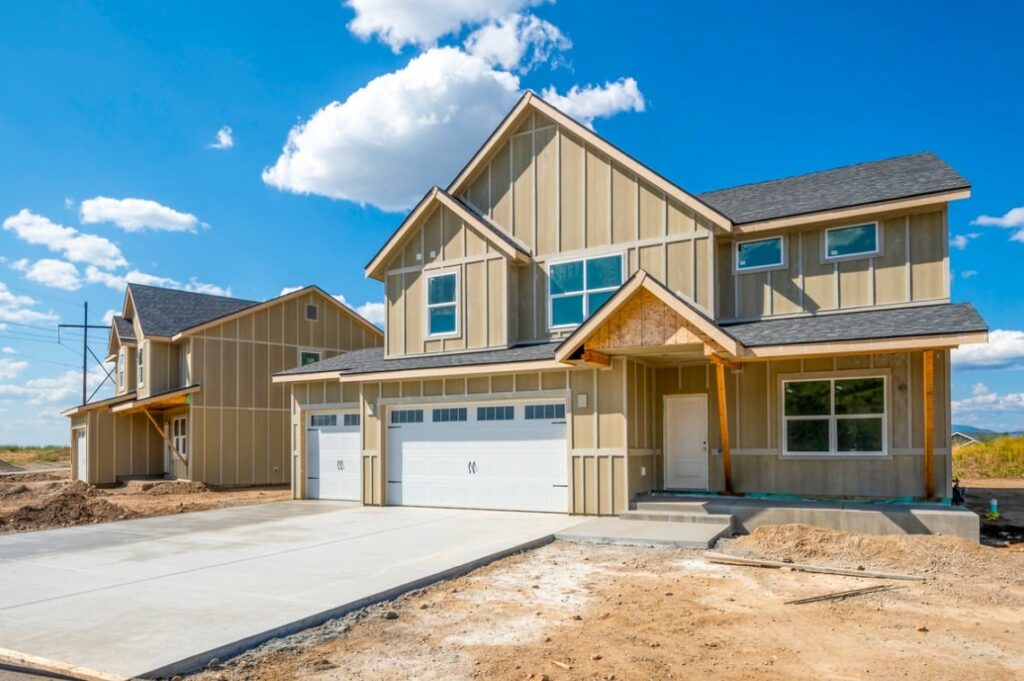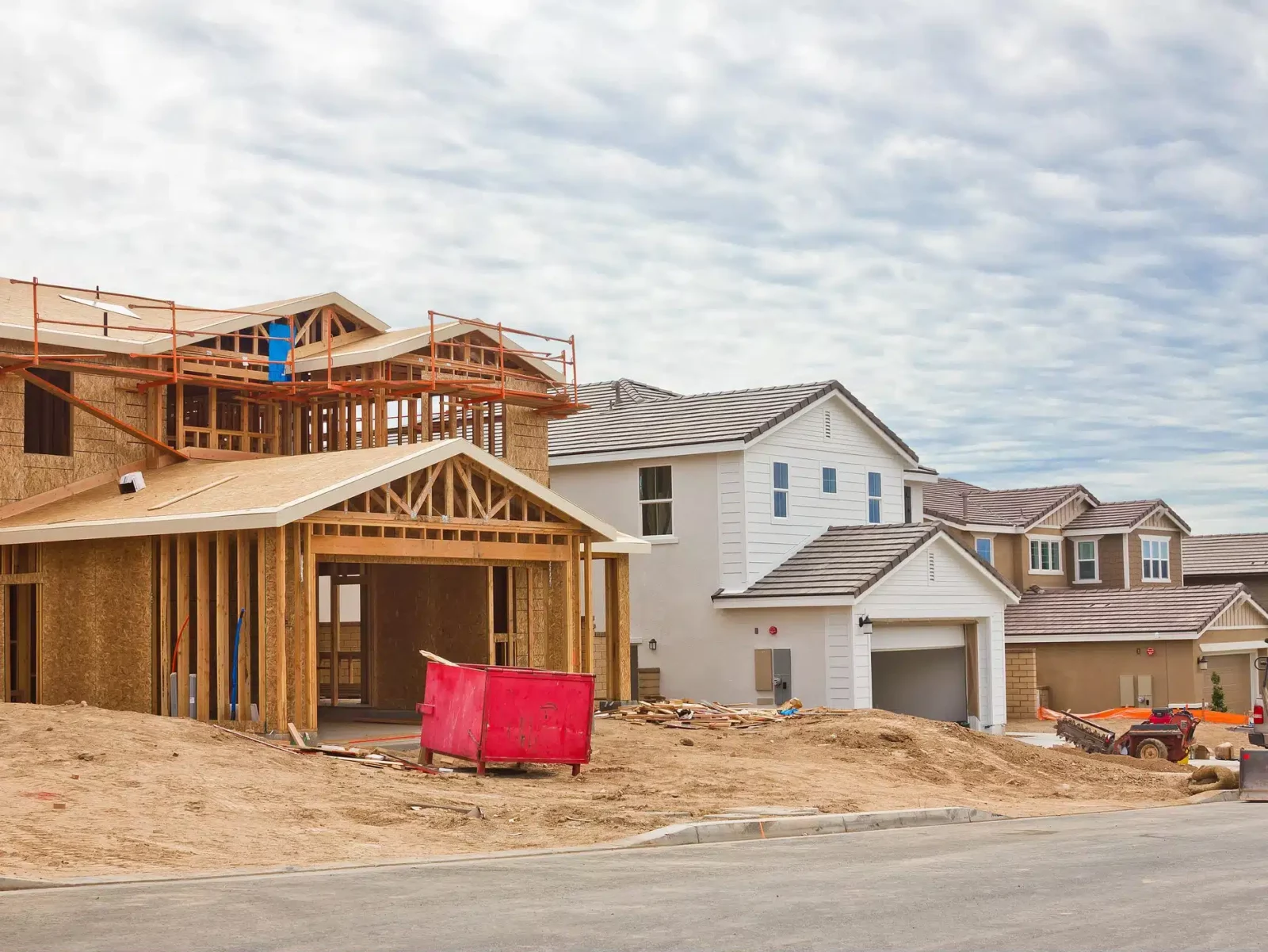Are you currently in search of a new home to call your own? If you find yourself nodding in agreement, you’re undoubtedly brimming with excitement at the prospect of embarking on the journey of homeownership. In a country where approximately 65 percent of the population holds the title of homeowner, it’s only natural that you too aspire to join this esteemed club. After all, the idea of owning a home comes with a plethora of benefits, not least of which is the freedom to sculpt and customize your living space to your heart’s content, bringing your unique vision to life.
Yet, within this realm of aspiration and excitement, a significant decision looms. A decision that, in many ways, serves as a cornerstone to your entire homeownership journey. The question that stands before you: Should you direct your attention towards an existing, time-honored abode, or set your sights on a freshly constructed dwelling that stands as a testament to modern craftsmanship and innovation?

It’s a conundrum that countless prospective homebuyers have grappled with. In the following pages, we will embark on an exploration, delving deep into the advantages and drawbacks that come hand in hand with the acquisition of a newly built residence versus an already inhabited property.
By the time you reach the end of this discourse, you’ll be armed with a wealth of insights, poised to make a decision that is both informed and tailored to your unique circumstances. So, without further ado, let’s delve into the nuances of this pivotal choice that awaits you.
The Pros and Cons of Opting for a New Construction Home
Envision, if you will, a new construction home—a pristine sanctuary that has yet to bear witness to the footsteps of its inhabitants. It’s a fresh canvas, ready to be painted with the hues of your preferences and the textures of your dreams. The allure of a new construction home is palpable, drawing potential buyers with promises of unblemished structural integrity. When it comes to the foundation, walls, and roofing, expect an almost impeccable state of affairs. The odds of stumbling upon major structural flaws are remarkably low, provided, of course, that the construction was executed with due diligence and expertise.
Moreover, there’s a certain irreplaceable charm in being the first to cross the threshold of a dwelling, to take up residence where no one else has before. It’s akin to the thrill of driving a brand-new car, knowing that your touch is the first to grace the steering wheel, and your foot the first to grace the pedal. This sense of novelty and exclusivity often extends to the very act of purchasing itself. It’s not uncommon for buyers to make this significant commitment without even setting foot on the actual premises—an act of trust in the craftsmanship and reputation of the builder.
However, even within this realm of unparalleled allure, there exist potential pitfalls. Every coin, after all, has its flip side. While the virtues of new construction homes are compelling, there’s always the lingering possibility that the home you’ve set your sights on was constructed with subpar attention to detail. Should you find yourself in possession of such a home, you might unwittingly acquire a house riddled with latent issues. Yet, take heart—this is a challenge that can often be surmounted. The expertise of a skilled home inspector can be your salvation, rooting out hidden problems and ensuring you make an informed choice.
The Advantages and Drawbacks of Embracing an Existing Dwelling
Contrast this with the allure of an existing house—an abode that carries within its walls the whispers of past lives, memories, and histories. When you opt for an existing home, you’re often met with a price tag that leans on the more affordable side. After all, the passage of time inevitably ushers in the wear and tear of daily existence, leaving its mark on even the sturdiest of structures. The flaws you may encounter in an existing home are, to a certain extent, a testament to its history—a story etched in the scuffs and scrapes that come with the passage of years.
However, there’s a silver lining to this scenario. An existing home is often blessed with a well-developed curb appeal, a lush yard that has matured and blossomed over the years. It’s a space that’s had the time to evolve and grow, rendering it more likely to enchant you with its established charm. There’s a certain charm in knowing that you’re stepping into a home that’s seen generations come and go, a story that continues to unfold.
Yet, within the warmth of an existing home’s embrace lies the challenge of scrutiny. Unlike the purchase of a new construction home, an existing dwelling often comes with the prerequisite of obtaining a property inspection report. This, of course, comes with its own costs, an additional investment in the assurance that you’re making a sound purchase. However, it’s worth considering that this cost may be offset by the generally lower purchase price associated with existing homes.

Navigating the Crossroads: Choosing Between New Construction and Existing Properties
The crossroads between new construction and existing properties is one laden with contemplation and decision. On one hand, there’s the siren call of the new—a dwelling untouched by previous footsteps, a canvas ready to be painted with the brushstrokes of your desires. On the other, there’s the steadfast charm of a home that has weathered the tides of time, carrying within its walls the echoes of lives lived and stories told.
But as with any choice of consequence, the ultimate decision rests upon a constellation of factors, each unique to your circumstances. Your financial capacity is undeniably a crucial player in this theater of decision-making, as the allure of a new construction home often comes with a loftier price tag. Yet, your personal preferences also bear weight—do you yearn for the modernity and novelty of a new construction, or does the historical charm of an existing dwelling tug at your heartstrings?
In the final analysis, your choice is one that should be well-informed and harmonious with your aspirations. Armed with the insights offered within these pages, you now stand in a better position to embark upon your homeownership journey with confidence. Whether your path leads you to the embrace of a freshly constructed dwelling or the warm hearth of a seasoned abode, the destination is one that resonates with your vision of a home.
As you stand at the crossroads of this decision, remember that this is but one chapter in the story of your life—a story that unfolds not just within the walls of your chosen home, but in the myriad moments and memories that you will carve out within them. And so, dear reader, as you step forth on this path, may your choice lead you to a home that echoes with your dreams and aspirations.












Leave a Reply